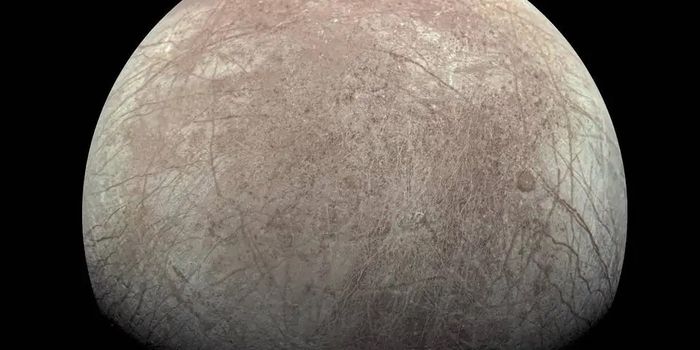Climate Change has Tilted the Axis of the Earth
The axis of the Earth intersects the planet at the magnetic pole, and Earth's poles are known to wander. They can even flip. There are various possible reasons, which we don't fully understand, why the poles can migrate. For example, the movement of water is known to influence the position of the poles. A new study has suggested that the primary driver of the pole's movement in the 1990s was glacial melting caused by climate change. The findings have been reported in Geophysical Research Letters.
"The faster ice melting under global warming was the most likely cause of the directional change of the polar drift in the 1990s," said study co-author Shanshan Deng, a researcher at the the University of the Chinese Academy of Sciences.
Not all of the poles' movements are being blamed on climate change. Previous work by scientists on the Gravity Recovery and Climate Experiment (GRACE) project has suggested that more recent movements of the pole are probably influenced by molten iron in the outer core of the planet. Humans have also been able to influence the position of the pole by pumping trillions of tons of water out of underground aquifers, and causing glaciers to melt through climate change. Major shifts are occuring in the storage of water on land. While human activity has apparently been so significant it's tilted the planet, this pole movement probably won't affect our day to day lives and could only had milliseconds of time to a day.
This new study relied on data obtained by two satellites that were part of GRACE, a joint mission of NASA and the German Aerospace Center that gathered information about the distribution of mass on Earth, revealed by uneven gravitational changes. Changes in how the world's mass is distributed are thought to have affected polar drift. The researchers calculated how much water was lost from land even before the GRACE mission started by tracking the trends of their analysis backward.
After some southward movement in 1995, the pole began to drift eastward, and the speed increased from 1995 to 2020 about 17 times compared to the average speed for the years 1981 to 1995.
Water loss was greatest in the polar regions, which is not surprising because they are more affected by global warning than other parts of the planet; that was the primary cause of polar drift at that time. Water loss from glaciers on land regions also made a contribution. Groundwater pumping has also moved about 18 trillion tons of water from underground without being replenished.
"The findings offer a clue for studying past climate-driven polar motion," said corresponding study author Suxia Liu, a hydrologist at the Institute of Geographic Sciences and Natural Resources Research at the Chinese Academy of Sciences, the University of the Chinese Academy of Sciences.
"I think it brings an interesting piece of evidence to this question," said Humphrey. "It tells you how strong this mass change is; it's so big that it can change the axis of the Earth."
Sources: AAAS/Eurekalert! via American Geophysical Union, The Guardian, Geophysical Research Letters
-
MAY 07, 2024Is It Anti-RNP or Anti-Sm/RNP?
- See More
-
APR 30, 2024Immuno-Oncology Virtual Event Series 2024
-
MAY 07, 20243rd International Biosecurity Virtual Symposium
-
MAY 23, 2024For the Love of Digital PCR 2024
- See More


















































